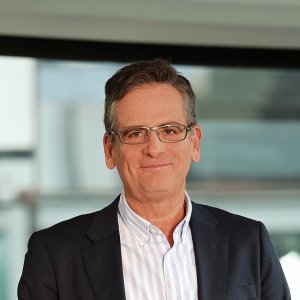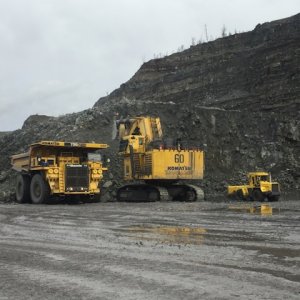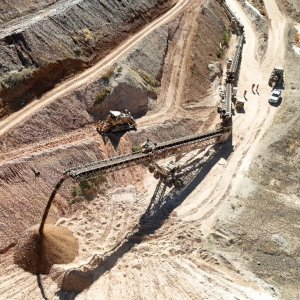Reducing Risks Through Long-Term Investments

Reducing Risks Through Long-Term Investments

STORY INLINE POST
Q: What are the main areas of opportunity in the energy and infrastructure industries?
MB: Demand in the market tends to fluctuate. A couple of years ago we saw a bigger boom from the infrastructure sector but regulatory changes are causing the market to experience a higher percentage of projects related to energy, such as electricity and oil and gas. When we raised our first fund, infrastructure was more in demand and we directed more capital to this industry. Now that energy has a better outlook, we are prioritizing this sector for the capital raised by the second fund. Water projects are of interest to us too because these tend to be built in areas with high rates of growth and the country’s demand for potable water is increasing.
We have the advantage of having a team that understands the energy and infrastructure sectors in Mexico and internationally. But as a Mexican fund we are forced to diversify through industries and not regionally. We do not invest in projects outside of Mexico. When it comes to tenders, we see them as an exception and not a preference. We prefer to find partners and project managers to create and develop new areas of opportunity. We collaborate with a wide range of companies from large AAA companies to the public sector. Overall, the results of our investments have surpassed our expectations and our shareholders are reaping the benefits. Our second CKD benefited from our track record and easily attracted capital.
Q: What strategies help guarantee shareholder dividends from your investments?
LV: To guarantee dividends we use several strategies. First of all, we make sure to have a portfolio with a healthy mix of greenfield and brownfield projects in a wide variety of sectors. We ensure a constant flow of capital by having projects already in operation while we wait for those in construction to be completed. We strive to select projects in states that have elevated growth rates, political stability and security in comparison to the rest of the country. The company also mitigates risk by having a strategic group of partners. We do not favor certain companies over others and always select projects that have a solid financial structure.
Our third strategy is to choose projects based on their growth potential. For example, we consider to the Mayakan gas pipeline that passes through Campeche and Yucatan to be visionary, as it passes through several states and can expand into other businesses. Its infrastructure and location could be used to transport other liquids or products. Additionally, we choose to mitigate risks by creating our own platform of projects instead of depending on the release of viable projects. Investors are fond of this strategy because it allows the company to identify and develop new areas of opportunity faster and in a more financially stable manner.
Q: How do you mitigate the risks related to highway projects in more remote areas?
LV: We rely on three project development models. One is completely built by the government, another built, operated and maintained by the private sector through the provision of services paid by authorities and the last model requires the private sector to assume the entire risk of the project. We select the model based on demand, fees and risk. We are not keen to invest in projects with a high percentage of merchant risk. The government can also intervene by reducing security issues that we cannot control. An alternative way to mitigate risk is through long-term PPPs but to win these tenders we would have to drop prices to a level that is no longer viable.























